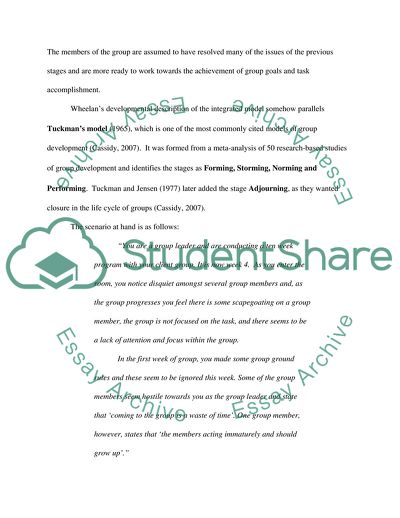Cite this document
(Managing Chaos in Work Group Settings Term Paper, n.d.)
Managing Chaos in Work Group Settings Term Paper. Retrieved from https://studentshare.org/psychology/1711297-analysis-of-groupwork-scenario-counselling
Managing Chaos in Work Group Settings Term Paper. Retrieved from https://studentshare.org/psychology/1711297-analysis-of-groupwork-scenario-counselling
(Managing Chaos in Work Group Settings Term Paper)
Managing Chaos in Work Group Settings Term Paper. https://studentshare.org/psychology/1711297-analysis-of-groupwork-scenario-counselling.
Managing Chaos in Work Group Settings Term Paper. https://studentshare.org/psychology/1711297-analysis-of-groupwork-scenario-counselling.
“Managing Chaos in Work Group Settings Term Paper”. https://studentshare.org/psychology/1711297-analysis-of-groupwork-scenario-counselling.


